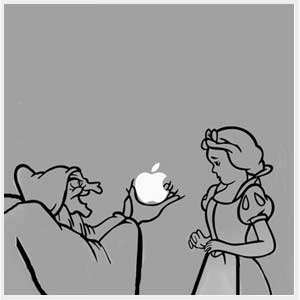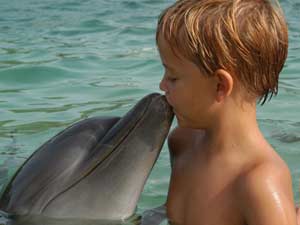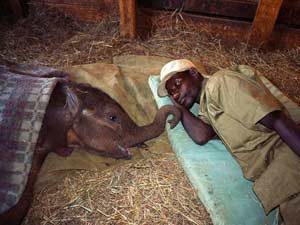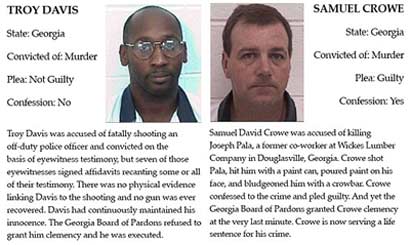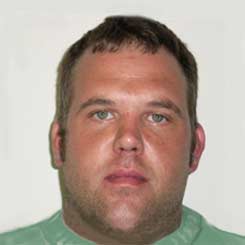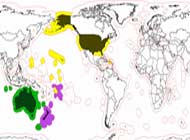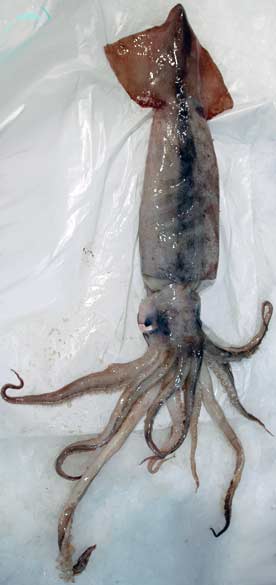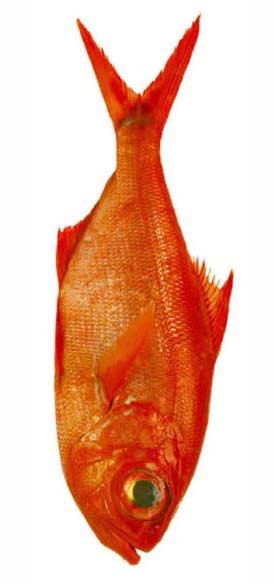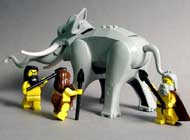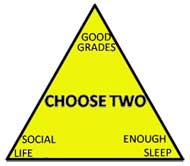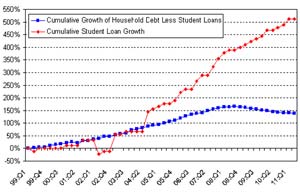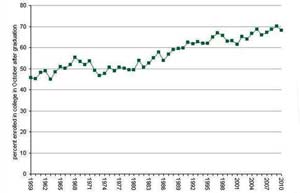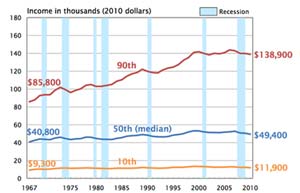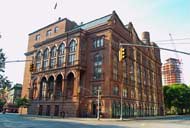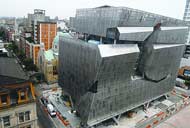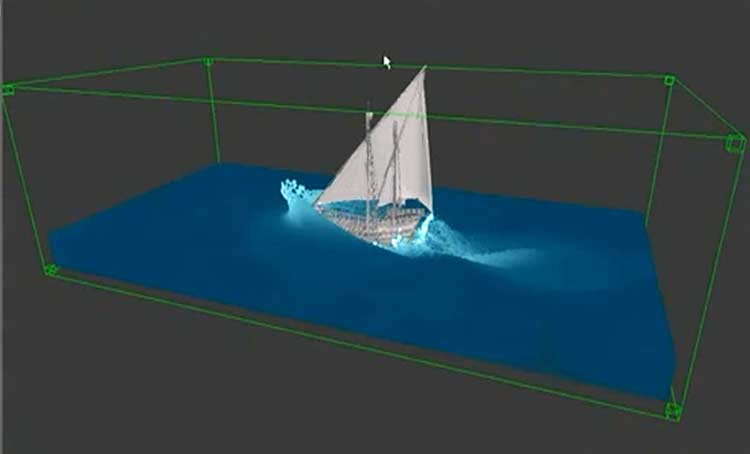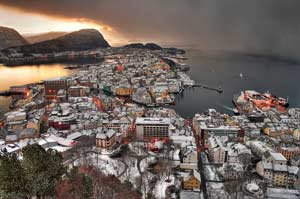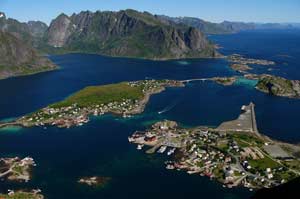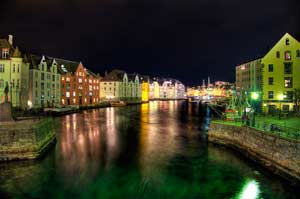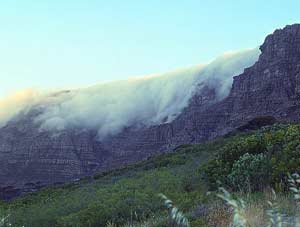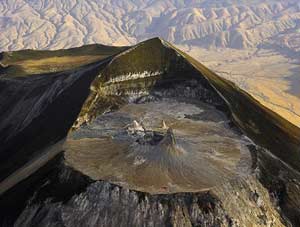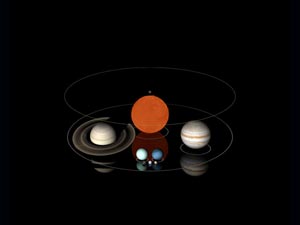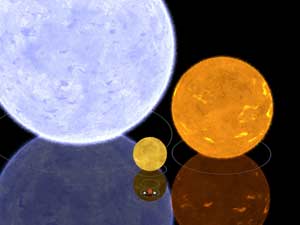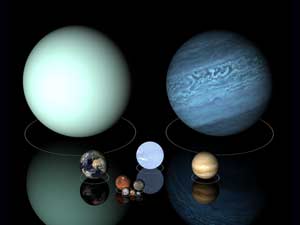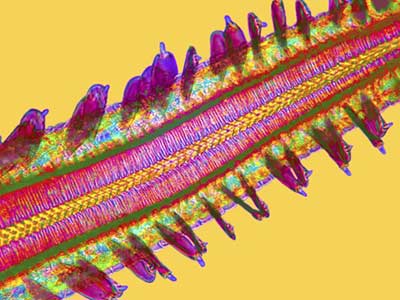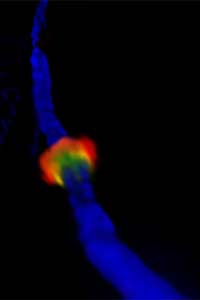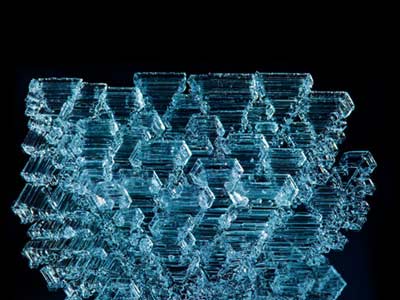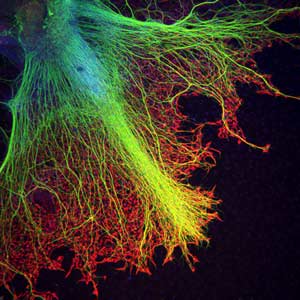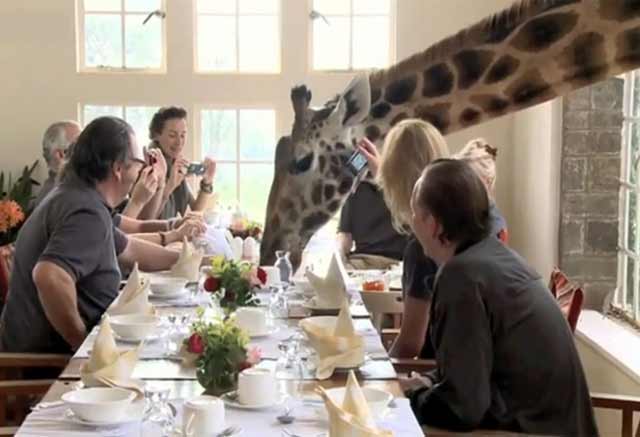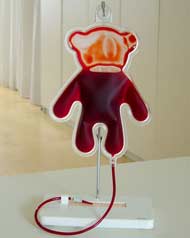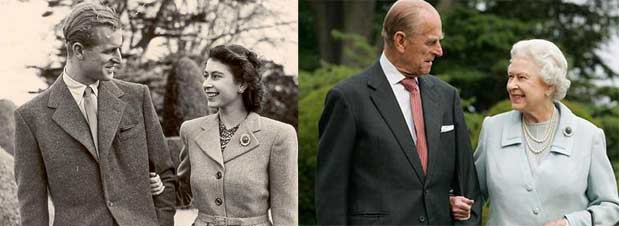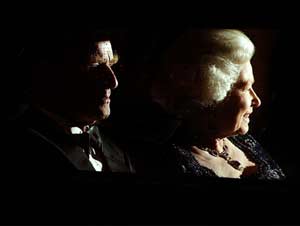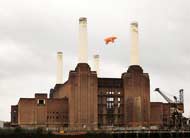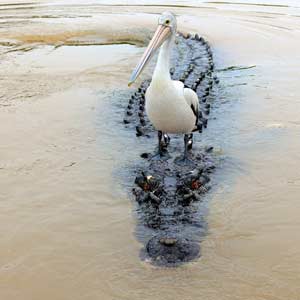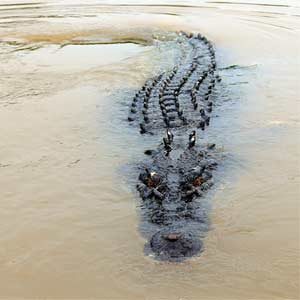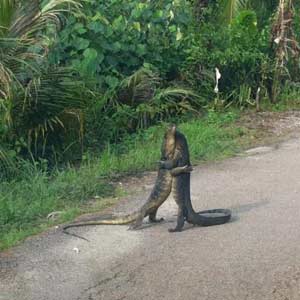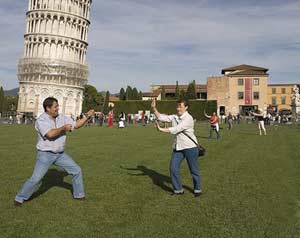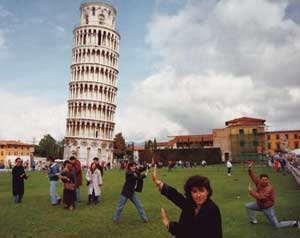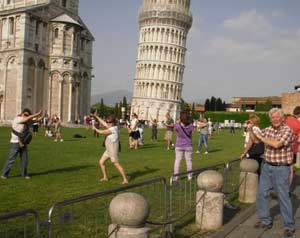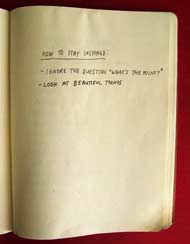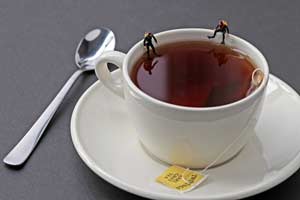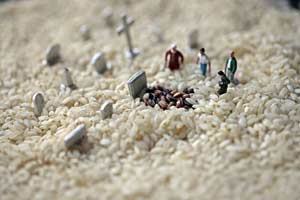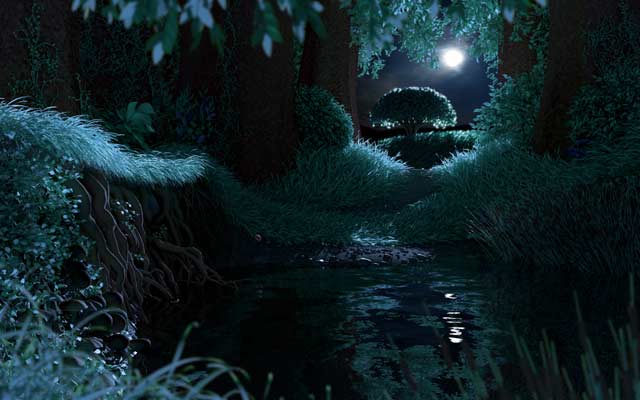Even with millions of images on line, it’s amazing how often identical images are used by competitors. The problem most commonly occurs when a royalty-free or microstock image is used because a competitor can purchase that same image. Clients may rely on the image provider’s librarian to alert them to potential conflicts — but even with rights-managed images, mistakes happen. Full control has always been available with exclusive licences, but the trend has been away from this, toward cheaper licencing models, many of which are a free-for-all with no control. With royalty-free licences, you not only risk someone accidentally copying your publication or ad by mistake – they can do it deliberately. With traditional rights-managed, you can get an exclusive or industry exclusive licence, or at least know if there are previous conflicting uses. But nonexclusive rights to stock photos can cost as little as $1, whereas the cost of arranging a photo shoot to produce an original picture can easily run into 10s of 1,000s of dollars, given photographers’ fees ($1,000 to more than $10,000 a day), the cost of hiring a model, and hassle and expense of securing a location. With so many images available, nonexclusive rights are generally a safe way to save money. Now, Google’s new image search function should make it easier to find prior users of an image you want so as to generally avoid these situations in the future. (In one election the NZ political party ACT used a royalty-free image of New Zealand scenery – later discovered to have been taken in Canada — but that’s a different sort of problem.)
- Kia Ora, Air New Zealand’s in-flight magazine, appeared February 2008. Life and Leisure, a Fairfax Magazines publication, used the same cover (except not oversaturated) on their September/October 2009 issue.
To convey an image of concern, both MetLife Inc and Pfizer Inc’s Viagra used the same image of a middle-aged man in a stripped button-down shirt resting his chin on his hands. And Bank of America and J P Morgan Chase & Co’s Chase Student Loans sites both used the same image of a collegiate-looking boy working on his laptop for their websites.
- The ad from Key Bank portrays a heart-warming family moment: a dad pointing out something on his laptop to his smiling young daughter as she leans over his shoulder. In fact, the scene may have been a little too charming. The same image appears in a recent marketing brochure from Bank of America. Both banks say they bought the image from a photo agency that deals in stock pictures, not realising the other was making the same selection. “We try not to use the same images as other competitors … if it happened, it happened,” says the marketing services director for Cleveland-based KeyCorp.
For its business website’s home page, MasterCard used an image of a man in a beige shirt holding his glasses to his mouth that also appears on the website for Bank of America’s Business Visa Card.
- This is the original photo. I don’t think it was an ad for iBook, even though it is one. I think it was meant as a general back-to-school stock image.
An image of a smiling Asian woman appears in a pamphlet from Washington Mutual Inc and on Dell Inc’s help-with-purchase website. And a picture of an African-American couple sitting on a beige couch figuring out their finances appears in a marketing brochure for both Bank of America’s home-equity program and on Citigroup Inc’s Citibank website. Besides being embarrassing for advertisers, such duplications can make it difficult for consumers to tell brands apart.
As brands start to embrace new media campaigns and devote larger portions of their budget to the web, industry executives expect companies to put more emphasis on exclusive pictures. “People don’t always read an ad, but they can’t help but see the picture. They are getting impressions of the brand all the time,” says head of brand and advertising at Deutsche Telekom AG’s T-Mobile USA. “It’s just too dangerous, you never want to go two steps back on that.”
 Animals
Animals Animation
Animation Art of Playing Cards
Art of Playing Cards Drugs
Drugs Education
Education Environment
Environment Flying
Flying History
History Humour
Humour Immigration
Immigration Info/Tech
Info/Tech Intellectual/Entertaining
Intellectual/Entertaining Lifestyles
Lifestyles Men
Men Money/Politics/Law
Money/Politics/Law New Jersey
New Jersey Odds and Oddities
Odds and Oddities Older & Under
Older & Under Photography
Photography Prisons
Prisons Relationships
Relationships Science
Science Social/Cultural
Social/Cultural Terrorism
Terrorism Wellington
Wellington Working
Working Zero Return Investment
Zero Return Investment



